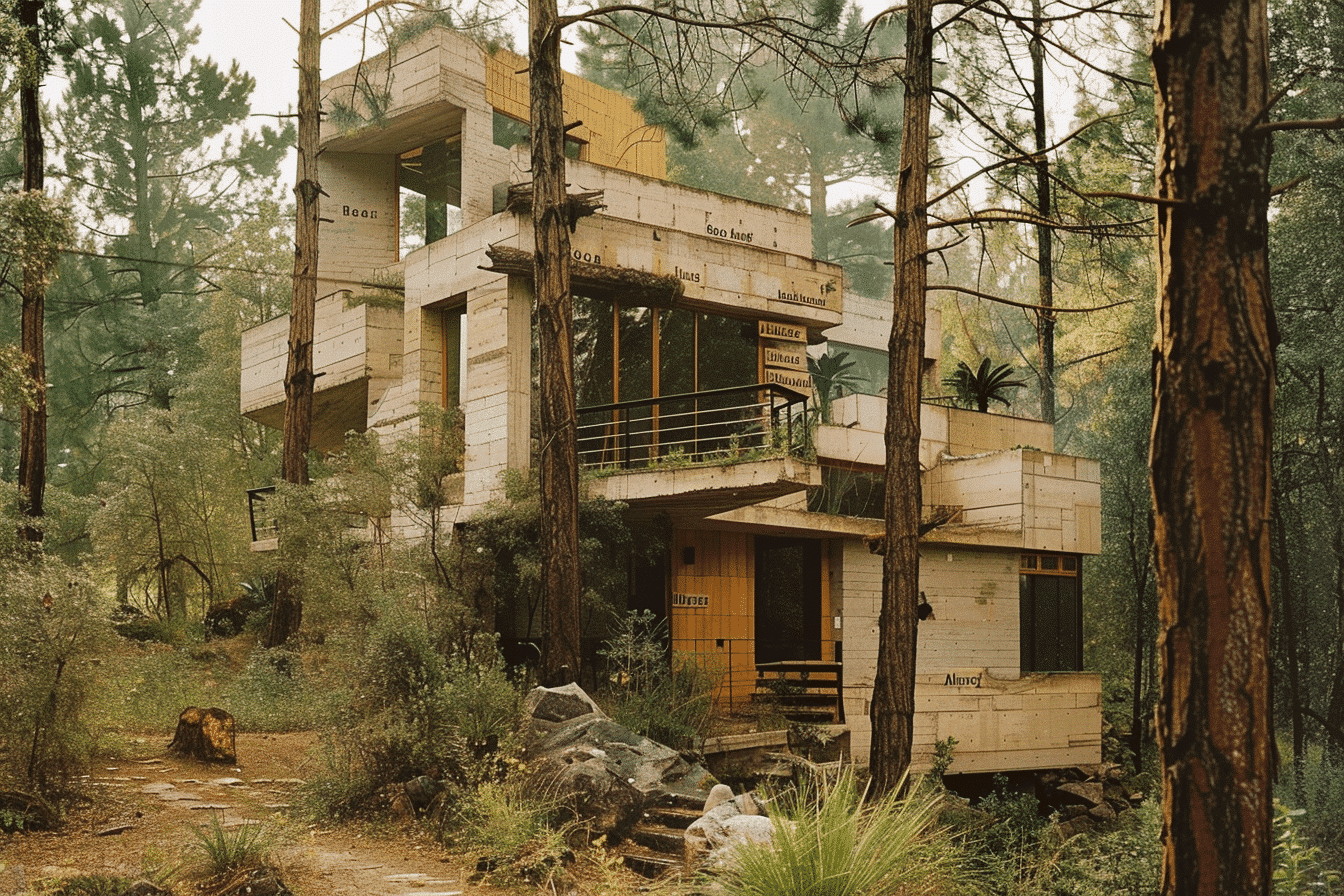A New Perspective on Brutalist Architecture
Brutalist architecture, often perceived as austere and cold, starkly contrasts nature, typically described as lush and colorful. A new photo book, “Brutalist Plants,” explores this intriguing relationship between nature and Brutalist architecture, showcasing locations from a theater in Japan to a library in Canada. “It’s a mix of looking into the future but also looking back,” said Olivia Broome, curator of the book and creator of the Instagram community @brutalistplants, which boasts over 30,000 followers.
The Duality of Brutalist Architecture
Brutalism, sometimes called “New Brutalism,” is characterized by its imposing form, use of geometric shapes, clean lines, exposed concrete, and monochromatic color schemes. This architectural style peaked in popularity between the 1950s and 1970s and has roots in the early 20th-century works of Swiss architect Le Corbusier. Olivia Broome, born in the UK and raised in Geneva, Switzerland, grew up surrounded by these structures, sparking her interest in Brutalism. “Where I grew up, there were a lot of mountains and concrete,” recalled Broome.
The Rise of “Brutalist Plants”
What began as a hobby on Tumblr, sharing images of the interplay between nature and Brutalist architecture evolved into a vibrant Instagram community in 2018. The account reposts photographers’ works with proper credits and has grown to attract thousands of followers and contributors. Broome was drawn to the images for the contrast between the cold concrete and the softness of nature, often evoking an ambiguous “dystopian or utopian” feel.
Modern Explorations and Abandoned Spaces
The photos in “Brutalist Plants” feature modern visions of harmonious living with nature and darker scenes of abandoned architectural spaces reclaimed by nature. “There are a few images where it’s genuinely overgrown architectural spaces that no longer exist,” explained Broome. The images typically exclude people, focusing on the relationship between the built environment and nature.
Controversial Structures
The book features 150 photos of buildings, artworks, and sculptures, including unseen images and others shared on the Instagram account. One of the most contested images is a sculpture by German artist Karsten Födinger, showing a slab of concrete supported by pine trees. This piece sparked intense debate about its impact on nature. “There was a lot of debate back and forth,” said Broome.
Preservation for the Future
Olivia Broome firmly believes in preserving Brutalist structures for the future. The integration of nature with these structures showcases their adaptability and potential. “There are many architects, and some feature in the book, who are working to make Brutalism more accessible and beautiful,” stated Broome. The book will be launched at the Barbican Theatre in London, an iconic Brutalist building.
The photobook “Brutalist Plants” not only highlights the beauty in the fusion of nature and Brutalism but also prompts reflection on the preservation and value of these structures. As Olivia Broome said, “Either we all exist in harmony with nature and concrete, or we mess it up so badly that nature is going to overtake everything we build.”

